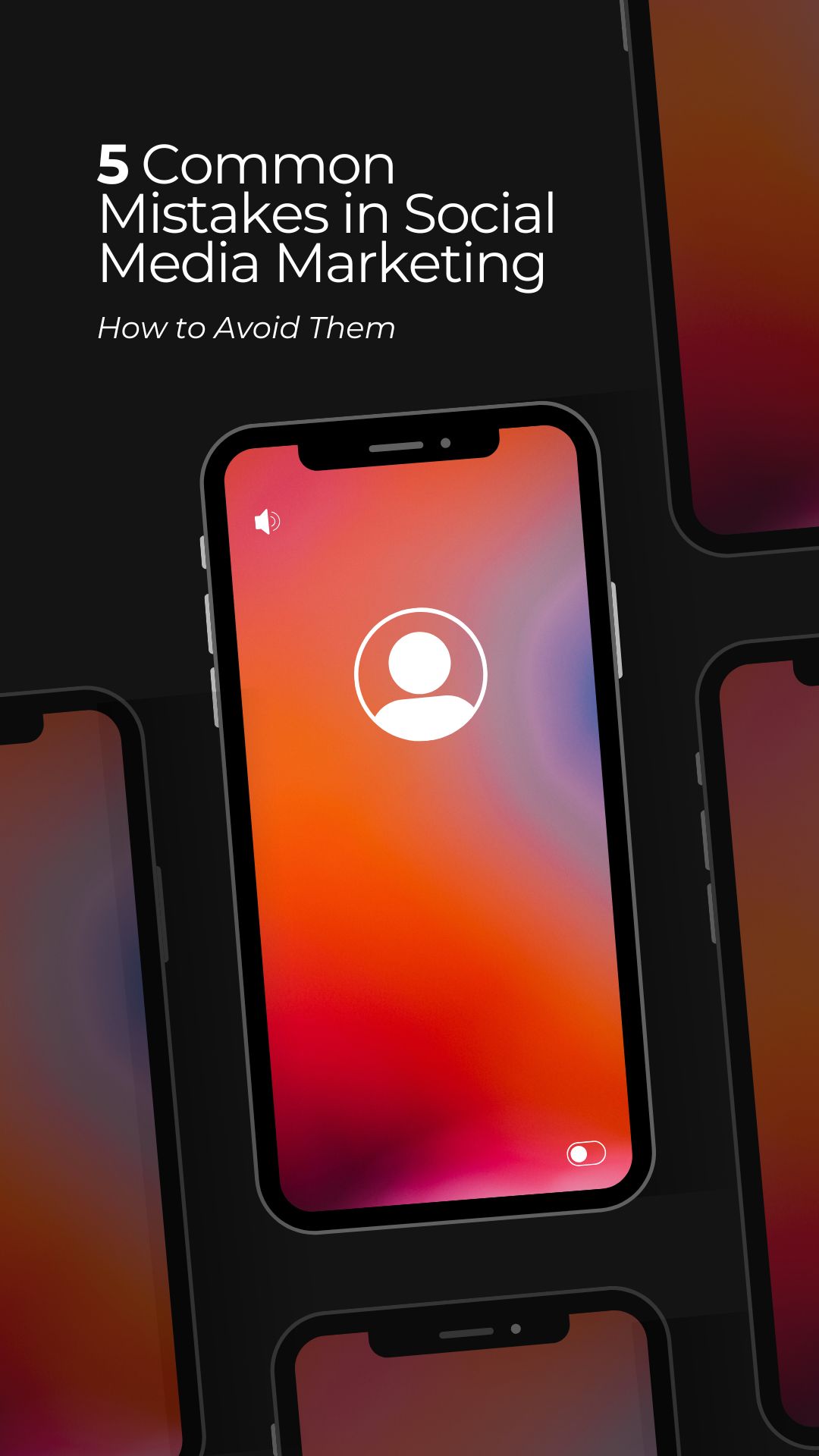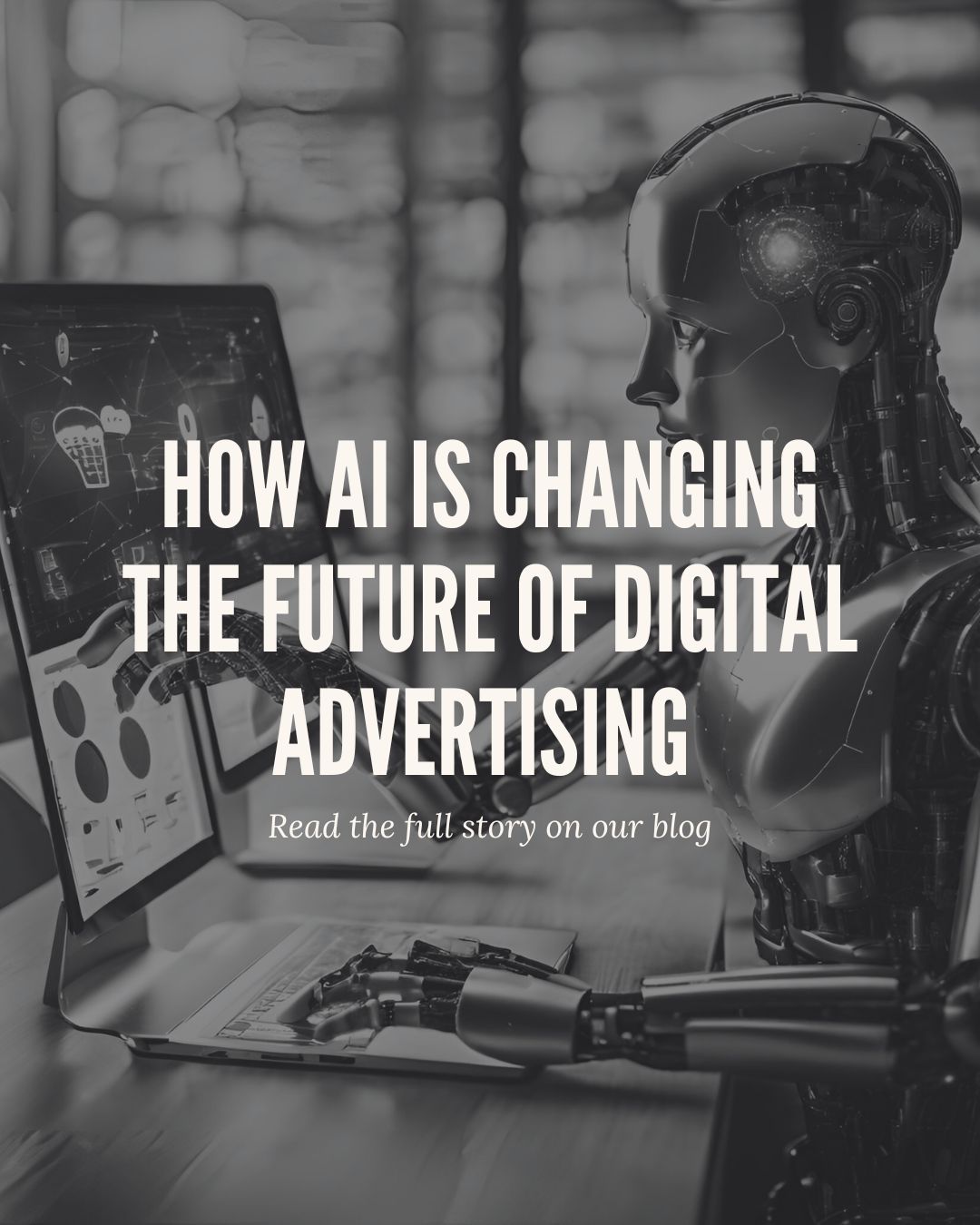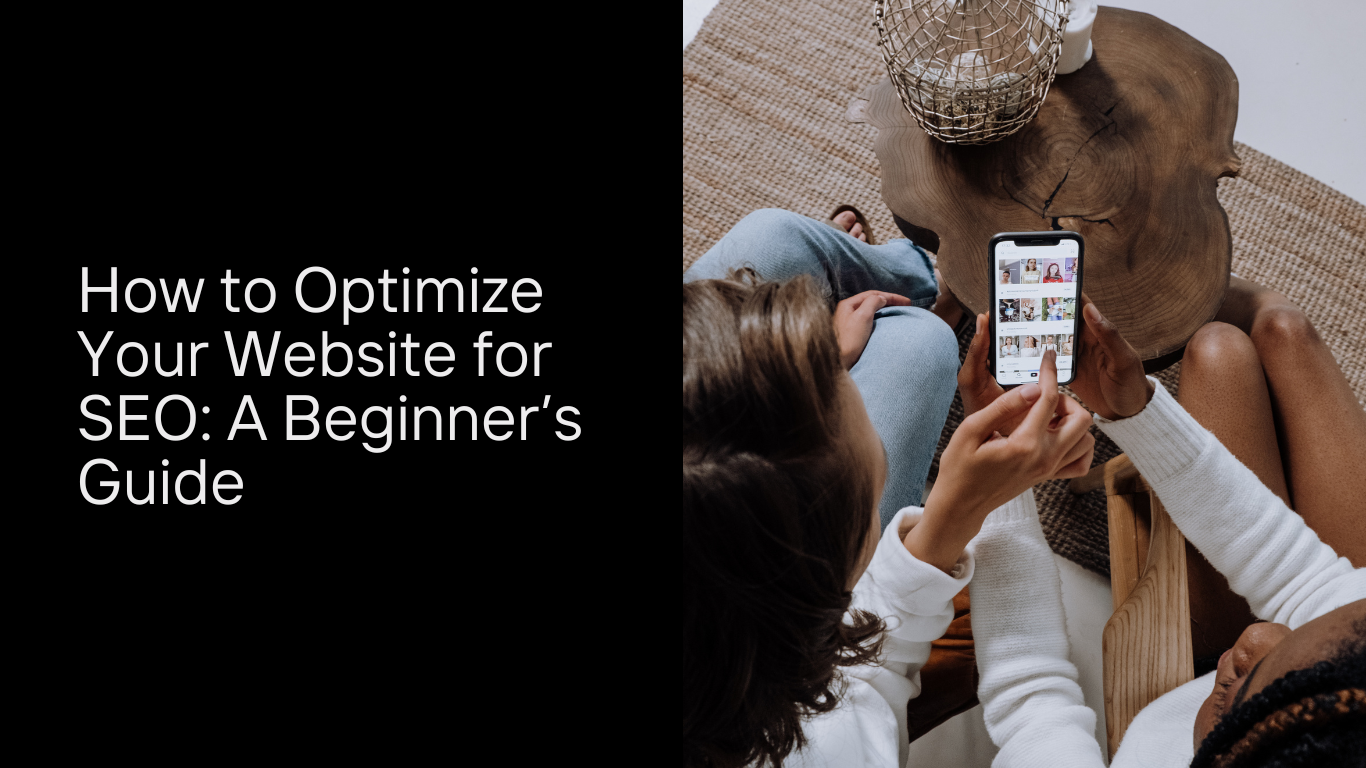Paid social media advertising can be a powerful tool for businesses to increase brand awareness, drive traffic, and generate leads. However, creating successful paid ad campaigns requires more than just a budget—you need a well-thought-out strategy. To ensure your campaigns are effective and don’t waste resources, it’s important to follow best practices and avoid common mistakes. In this guide, we’ll cover the essential do’s and don’ts of paid social media advertising.

The Do’s of Paid Social Media Advertising
1. Do Know Your Audience
Before launching any paid social media campaign, it’s crucial to understand your target audience. This allows you to tailor your ad content, messaging, and targeting to meet their needs and preferences. Invest time in researching:
- Demographics: Age, gender, location, education level, etc.
- Interests: What topics and industries are they passionate about?
- Behaviors: How do they interact with social media? Are they more likely to engage with video, polls, or static images?
The more you know about your audience, the better you can craft ads that resonate with them.
2. Do Set Clear Goals
Every paid social media ad campaign should have a clear objective. Are you aiming to increase brand awareness, drive website traffic, generate leads, or boost sales? Defining your goals upfront helps you:
- Select the right ad format.
- Choose the best platform for your campaign.
- Measure success based on specific metrics (e.g., clicks, conversions, or engagement).
Without a clear goal, it’s difficult to measure the effectiveness of your campaign.
3. Do Use A/B Testing
A/B testing (or split testing) is the practice of running multiple versions of an ad to see which performs best. This helps you optimize your campaigns for better performance. Test different elements of your ad, such as:
- Headlines: Which headline captures more attention?
- Imagery or Video: Does a static image perform better than a video, or vice versa?
- CTAs (Calls-to-Action): Which CTA drives more conversions—”Shop Now” or “Learn More”?
Run tests on small segments of your audience before scaling up your best-performing ad.
4. Do Monitor Your Budget Closely
Paid social media advertising can become expensive if you don’t monitor your spending. Set a daily or campaign budget and stick to it. Also, review how your budget is allocated between different campaigns and ad sets. Avoid wasting money on ads that don’t perform well by pausing or optimizing them regularly.
5. Do Leverage Targeting Features
Social media platforms like Facebook, Instagram, and LinkedIn offer advanced targeting features that allow you to reach specific audiences. Leverage these features to narrow down your audience by:
- Location: Target users in specific regions or cities.
- Interests & Behaviors: Target users based on their online behaviors, such as purchase history or engagement with similar brands.
- Custom Audiences: Use your existing customer data (email lists, website visitors, etc.) to create custom audiences and retarget them with your ads.
Precision targeting ensures that your ads are shown to the right people, increasing the likelihood of conversion.
6. Do Keep Your Ads Visually Engaging
Social media is a visual medium, and your ads need to stand out in crowded news feeds. Use high-quality visuals, bold colors, and compelling imagery that aligns with your brand. If you’re using video, ensure it grabs attention in the first few seconds. The more eye-catching your ad, the better it will perform.
The Don’ts of Paid Social Media Advertising
1. Don’t Rely Solely on One Platform
While it’s tempting to focus your entire budget on one platform, diversifying your advertising channels can improve your overall results. Different platforms reach different audiences, and each platform has its strengths:
- Facebook & Instagram: Best for reaching broad audiences with diverse ad formats.
- LinkedIn: Ideal for B2B advertising and professional targeting.
- TikTok & Snapchat: Perfect for reaching younger, more creative audiences with short-form video content.
Test different platforms and allocate your budget based on which performs best for your specific goals.
2. Don’t Ignore Your Analytics
Your campaign analytics provide valuable insights into the performance of your ads. Ignoring this data can lead to poor decision-making and wasted ad spend. Track key metrics such as:
- CTR (Click-Through Rate): How many users clicked on your ad?
- CPC (Cost per Click): How much are you paying per click?
- Conversion Rate: How many users took the desired action (e.g., made a purchase, signed up for a newsletter)?
Use this data to make informed decisions about where to invest your budget and what elements of your campaign need optimization.
3. Don’t Overload Your Ads with Information
In the fast-paced world of social media, less is often more. Overloading your ads with too much text, information, or visuals can confuse or overwhelm users. Stick to one clear message and call-to-action in each ad. The goal is to grab attention quickly and encourage users to take action.
4. Don’t Forget to Optimize for Mobile
The majority of social media users access platforms through their mobile devices, so it’s essential that your ads are mobile-friendly. Ensure your visuals, text, and CTAs look great on small screens. If your landing pages aren’t optimized for mobile, users will likely abandon the page, leading to wasted ad spend.
5. Don’t Neglect Retargeting
Retargeting is a highly effective strategy for reaching users who have already interacted with your brand but haven’t converted yet. Don’t miss out on this opportunity to re-engage warm leads by neglecting retargeting in your campaigns. Whether someone visited your website, added an item to their cart, or watched part of your video ad, retargeting allows you to remind them to take action.
6. Don’t Forget to Refresh Your Ads
Ad fatigue can set in if your audience sees the same ad over and over again, leading to decreased engagement and increased costs. Regularly update your creatives, messaging, and targeting to keep your ads fresh and engaging. Even minor tweaks, like changing the headline or visual, can make a big difference in performance.

Conclusion
Paid social media advertising can be a highly effective way to reach your target audience, but only if done right. By following these do’s and don’ts, you can avoid common pitfalls and make the most of your advertising budget. From understanding your audience and leveraging targeting features to testing different platforms and monitoring performance, these best practices will help you create more effective and successful campaigns.


































































